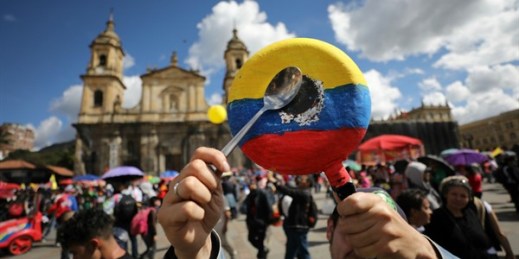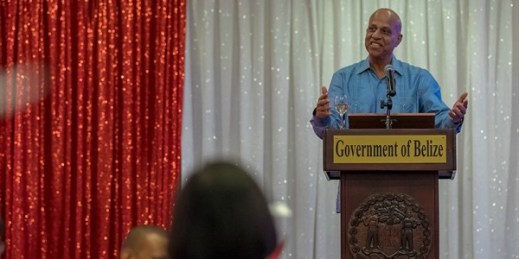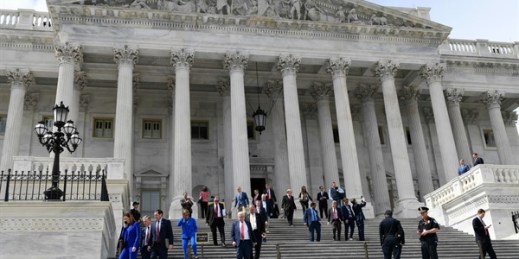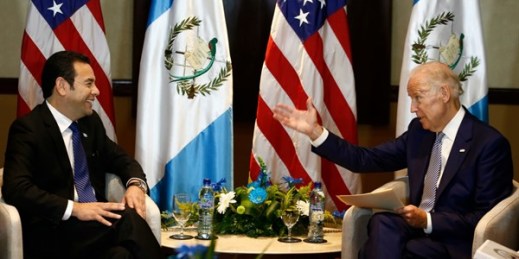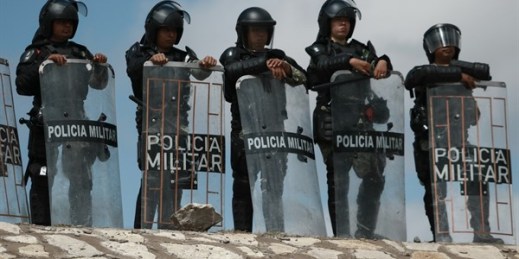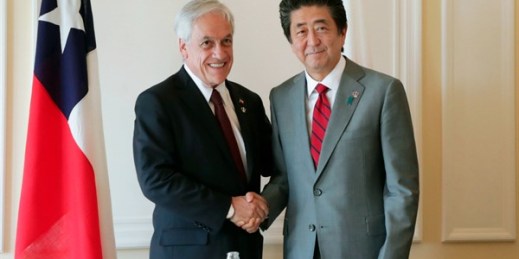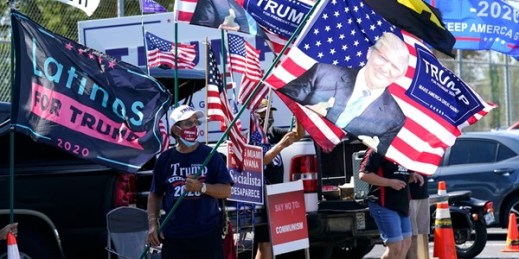
Which candidate in America’s presidential race would be better for Latin America? The question is being asked across the hemisphere, further abroad and in the United States, where Washington’s relations with Latin America are a major domestic issue for many voters, with the power to tilt election results. The answer, of course, depends on your personal views. There’s hardly unanimity, but when a Colombian student asked me recently whether President Donald Trump or former Vice President Joe Biden would be better for her country, it wasn’t difficult for me to reach a conclusion. Biden has the political philosophy, the background […]



